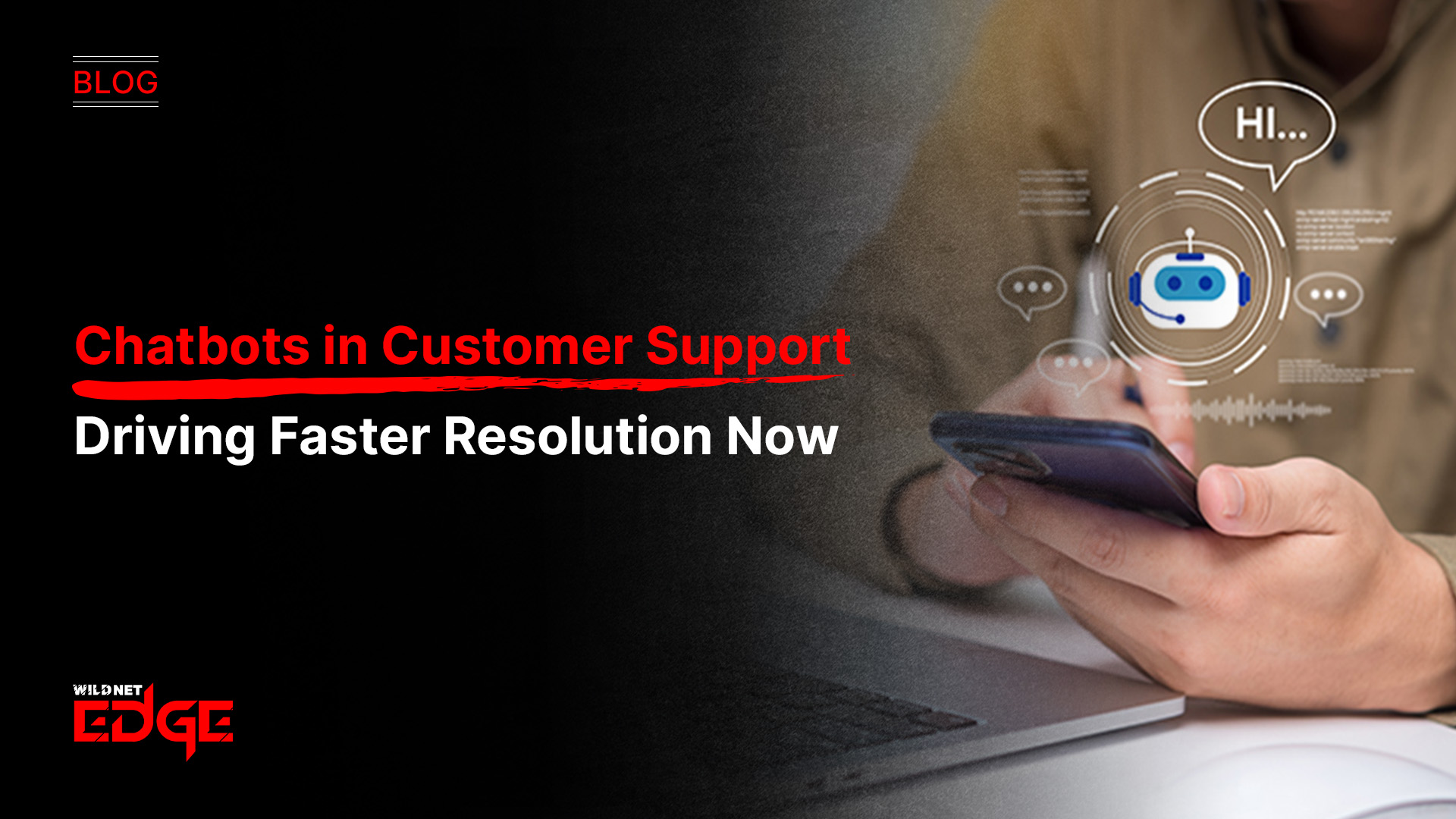Struggling to pinpoint why your software quality isn’t meeting expectations? You’re not alone. Measuring software quality with vague or outdated metrics just doesn’t cut it anymore. That’s where advanced QA metrics come into play — offering precision and actionable insights to elevate your testing game. In this guide, we’ll dive deep into crucial metrics like defect density and test coverage KPI to help you track quality with laser focus and make smarter decisions that drive results.
When you understand and leverage these key metrics, you can identify weak spots early, allocate resources effectively, and ultimately deliver software that meets highest standards with confidence.
Understanding Defect Density: The Heart of QA Metrics
Defect density is one of the most powerful yet straightforward QA metrics available. Simply put, it measures the number of defects found in a piece of software relative to its size. This size can be measured in lines of code (LOC), function points, or modules depending on the project context.
Definition and formula of defect density
The basic formula is:
Defect Density = Number of Defects / Size of Codebase
For example, if a module has 50 defects discovered during testing and contains 10,000 lines of code, the defect density is 0.005 defects per LOC. This quantifiable measure provides a clear snapshot of software quality and highlights components that require focused attention.
Impact on identifying problematic modules
Defect density helps teams quickly identify parts of the codebase or modules that are problematic. Modules with high defect density often indicate complex or unstable code, risky functionality, or insufficient initial testing. Knowing this, QA teams can prioritize thorough testing for these risky areas rather than spreading effort evenly—making QA processes more efficient and focused.
Moreover, defect density trends over time give insight into the effectiveness of ongoing quality initiatives. An increase can signal a deterioration in code quality or challenges introduced by new features, while a downward trend points to successful defect prevention strategies.
How to collect and analyze defect density data effectively
Accurate defect density measurement starts with robust defect tracking and precise code size estimation. Modern tools like SonarQube or Atlassian Jira help integrate defect tracking and codebase analytics seamlessly, providing real-time data.
For consistent analysis:
- Define clear defect classification criteria (e.g., severity, type).
- Measure code size uniformly, selecting appropriate units (LOC, function points).
- Use automated tools to track defects reported during each testing cycle.
- Analyze density per module and correlate with release phases or code changes.
Combining defect density data with contextual project information enables targeted remediation and continuous quality improvement.
Test Coverage KPI: Measuring the Scope of Your Testing
Test coverage KPI quantifies how much of your software is actually tested—an essential indicator of QA thoroughness and risk mitigation.
Types of test coverage (code, functional, requirements)
Test coverage is multidimensional:
- Code coverage: Percentage of source code lines, statements, or branches executed by your tests. Commonly measured as statement, branch, or path coverage.
- Functional coverage: Scope of specific functions or features tested thoroughly against expected behaviors.
- Requirements coverage: Degree to which tests validate software requirements, ensuring that all specified user needs are verified.
Each type paints a different aspect of testing completeness. For example, high code coverage ensures most code executes during testing, while requirements coverage verifies that business goals are met.
Tools and methods to measure coverage accurately
Accurate measurement requires sophisticated tools tailored to your development environment. Popular tools in 2025 include:
- JaCoCo: Java code coverage tool offering granular branch and line coverage.
- Clover: Offers detailed coverage stats supporting multiple languages.
- TestRail: For test case management and requirements coverage tracking.
- SonarQube: Integrates static analysis with coverage, showing quality and test breadth on dashboards.
Automated CI/CD pipelines can be set up to produce coverage reports after every build, enabling immediate visibility and quick response to coverage gaps.
Setting realistic test coverage goals aligned with project needs
While aiming for 100% coverage might sound ideal, it’s often unrealistic and not cost-effective. Instead, align goals with:
- Criticality of code modules — core modules require higher coverage.
- Risk assessment — more testing in security-sensitive or customer-facing features.
- Historical defect data — areas with high defect density merit greater coverage.
A practical approach is adopting layered coverage targets, such as:
- 80% code coverage for critical modules.
- 60% for stable or less critical components.
- Complete requirements coverage for new or changed features.
Test coverage KPI acts as a red flag system, ensuring no functional blind spots or untested paths remain undetected before release.
Combining Defect Density and Test Coverage for Holistic Quality Insights
Using defect density and test coverage KPI together unlocks deeper insights into software quality than either metric alone.
Correlation between defect density and test coverage KPI
When test coverage is high but defect density remains high, this often indicates issues such as:
- Inadequate test case quality or depth despite coverage.
- Complex business logic not fully validated.
- Emerging defects in newly written or modified code.
Conversely, low defect density combined with high test coverage typically signals a strong QA process and stable codebase.
Low coverage coupled with high defect density demands urgent expansion of testing scope. This discrepancy suggests gaps in coverage hide defects and increase risks.
Case examples showing metric-driven decision making
Consider a mid-sized fintech application where:
- Module A has 90% code coverage but defect density at 0.008 (higher than average).
- Module B shows 50% coverage with defect density of 0.002.
The QA lead may decide to:
- Improve test case design and add exploratory testing for Module A to address persistent issues.
- Prioritize expanding test scripts for Module B to uncover hidden bugs.
These metrics allow data-driven prioritization, ensuring resources target real quality risks effectively.
Best practices for integrating metrics into QA processes
For maximum impact:
- Set up dashboards tracking both defect density and test coverage in real-time.
- Review metrics during sprint retrospectives and release planning.
- Correlate defects by severity and origin with coverage gaps.
- Involve developers in root cause analysis when densities spike.
- Establish metric thresholds triggering deeper audits or regression testing.
Integrating these metrics creates a feedback loop where quality data continuously improves testing strategy and software reliability.
Emerging Trends and Advanced Tactics in QA Metrics
The QA landscape continually evolves alongside technology and methodology innovations. In 2025, several trends enhance the power of metrics like defect density and test coverage.
Predictive defect analytics and AI tools
AI-driven tools now predict defect-prone modules by learning from historical data, code complexity, and past defect patterns. These predictive defect analytics prioritize testing efforts dynamically, sometimes before actual defects emerge.
Machine learning models integrated into platforms like WildnetEdge analyze real-time metrics combined with code commits to forecast defect hotspots—allowing teams to preempt issues rather than react.
Real-time QA dashboards and KPI monitoring
Advanced dashboards aggregate live data on defect density, coverage, test execution status, and performance KPIs. This instant visibility fosters quick decision-making and agile response to emerging quality risks.
These dashboards often provide drill-down capabilities and integrate with CI/CD tools to correlate deployment status with metric trends.
Using metrics to drive automated test improvements
Automation frameworks increasingly leverage coverage and defect data to adjust test suites:
- Automatically generating additional test cases for uncovered code branches.
- Retiring redundant or ineffective tests flagged by defect history.
- Triggering automated regression tests selectively on high-risk modules with rising defect density.
This continuous test optimization minimizes manual effort while maximizing value from QA metrics.
Conclusion
Effective QA metrics like defect density and test coverage KPI are no longer optional — they’re essential for precise, actionable software quality measurement. By mastering these metrics, you’ll gain clarity on your software’s health, prioritize resources smartly, and boost your product’s reliability.
When you’re ready to take your QA process to the next level, WildnetEdge offers trusted solutions and expert insights tailored to advance your quality strategy. With their advanced tools and analytics, you can start measuring smarter today and transform your software quality outcomes with precision and confidence.
FAQs
Q1: What is defect density and why is it important in QA metrics?
A1: Defect density measures the number of defects per size unit of code or functionality. It’s important because it highlights high-risk areas to focus testing and improve software quality.
Q2: How do you calculate test coverage KPI in software testing?
A2: Test coverage KPI is calculated by measuring the percentage of code, requirements, or test cases covered by your tests, often using coverage analysis tools.
Q3: Can defect density and test coverage KPI be used together to improve software quality?
A3: Yes, combining defect density and test coverage KPI provides a comprehensive assessment of testing effectiveness and software health, allowing teams to optimize quality efforts.
Q4: What are common tools for measuring defect density and test coverage?
A4: Common tools include static code analyzers, test management platforms, and code coverage tools like JaCoCo, SonarQube, and Jira.
Q5: How does WildnetEdge help improve QA metrics and software quality?
A5: WildnetEdge offers expert guidance and advanced tools that help teams collect, analyze, and act on QA metrics, enabling smarter quality assurance and better software outcomes.

Nitin Agarwal is a veteran in custom software development. He is fascinated by how software can turn ideas into real-world solutions. With extensive experience designing scalable and efficient systems, he focuses on creating software that delivers tangible results. Nitin enjoys exploring emerging technologies, taking on challenging projects, and mentoring teams to bring ideas to life. He believes that good software is not just about code; it’s about understanding problems and creating value for users. For him, great software combines thoughtful design, clever engineering, and a clear understanding of the problems it’s meant to solve.
 sales@wildnetedge.com
sales@wildnetedge.com +1 (212) 901 8616
+1 (212) 901 8616 +1 (437) 225-7733
+1 (437) 225-7733































